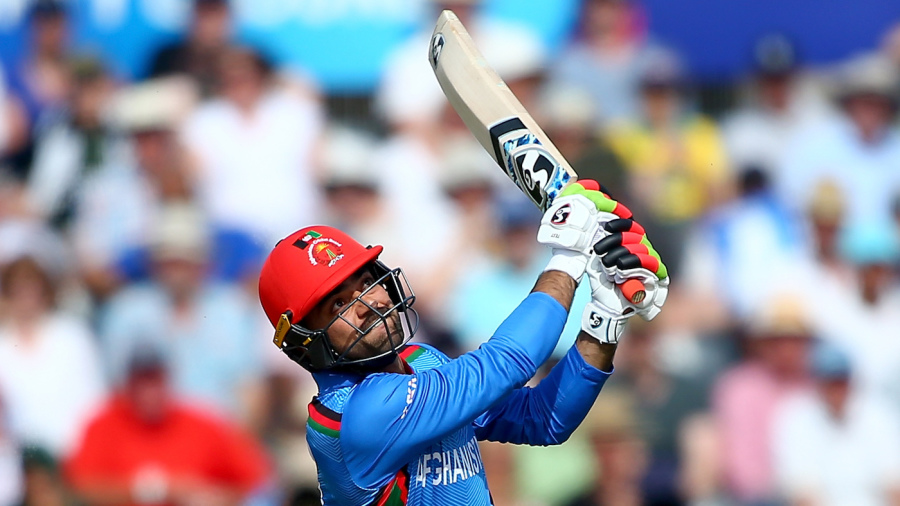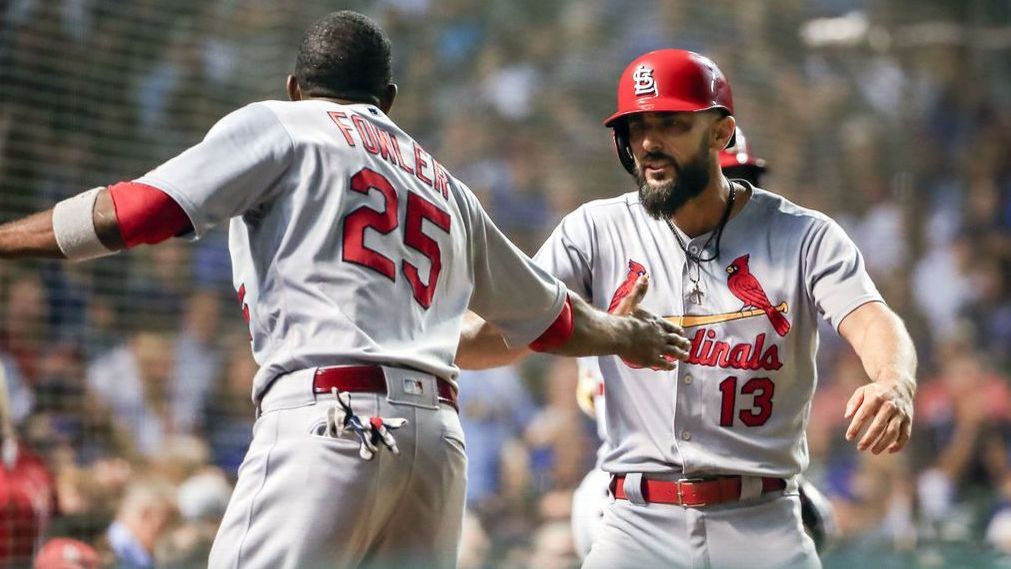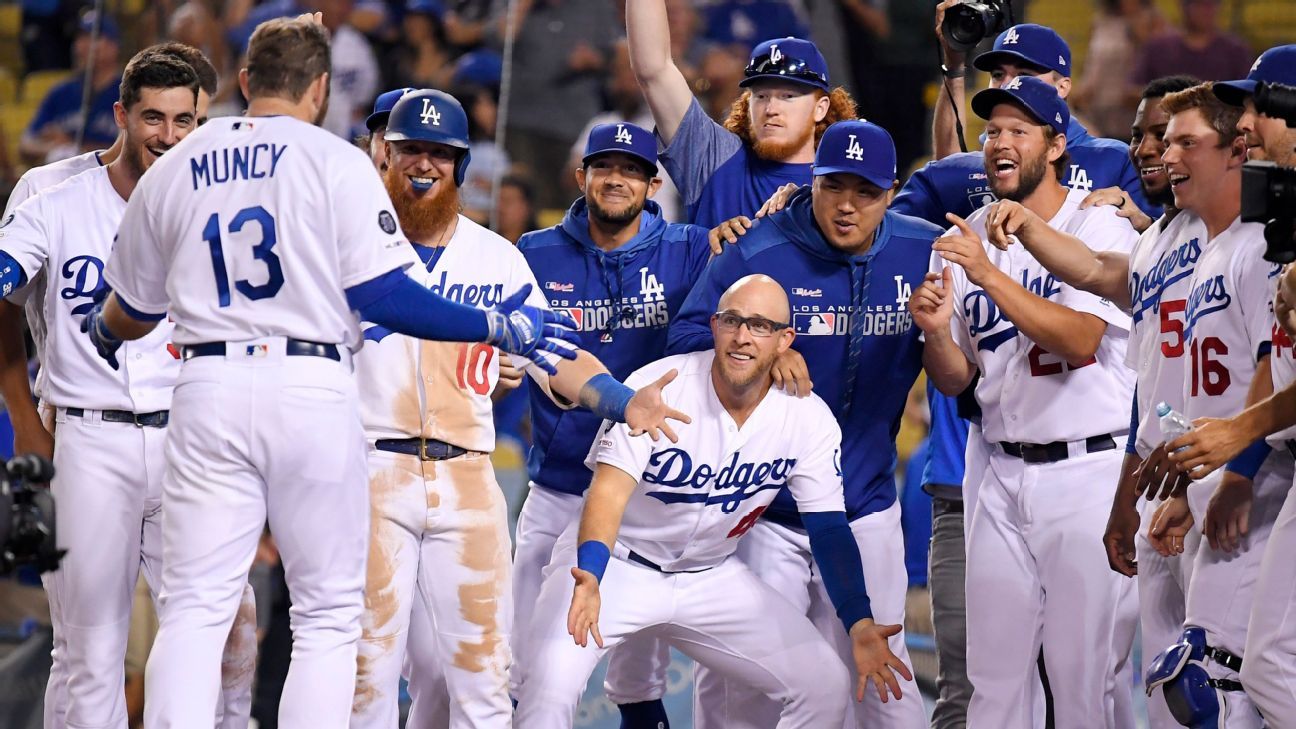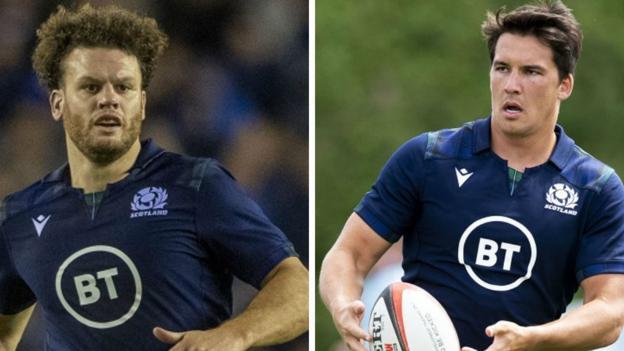A year ago, the Oakland A's had one of the best offenses in baseball. But, in a strange quirk, they were easily the league's worst against high-velocity fastballs: a league-low .191 batting average against pitches over 95 mph, a league-low .268 weighted on-base average, a league-low 72.3 percent contact rate.
Strange quirks like this don't matter much in a long season. Only about 12 percent of pitches are over 95 mph, and if you can smash everything else it washes out. But in the postseason, there are far more high-velocity fastballs, and an entire season can come down to one game against a flood of them. The quirk looks like a real liability when, say, you draw the New York Yankees in a winner-take-all wild-card game:
That's 154 pitches, 62 of them over 95 mph, more than triple the regular-season rate. The A's scratched out only two runs, and in retrospect you could convince yourself the game was over before it began.
And the playoff team that hit 95-mph fastballs best last year, you might ask? It was the Boston Red Sox, as a matter of fact. The World Series champs.
There's a reasonable hypothesis here: That, beyond overall team quality, a playoff team's chances might also be affected by how well it can hit high-velocity fastballs. All of the playoff teams this year have good offenses during regular-season baseball, but postseason baseball isn't regular. The terrain shifts: More innings go to relievers (and to starters pitching in relief). More innings go to the very best pitchers. Adrenaline and high stakes might give pitchers extra oomph. As a result, about twice as many pitches are delivered faster than 95 mph in the postseason. This has remained true even as 95 has become more common in the regular season. Last year, about one in four postseason pitches was at least 95, and almost half of fastballs were.
If the terrain shifts, then it should favor the team that most thrives on the new terrain, the way a clay court might favor one great tennis player over an equally (but differently) great tennis player.
This October, there is an intimidating Against High-Velocity story looming, in Los Angeles. The Dodgers are fantastic against high velocity, almost stunningly so. The Astros, a seemingly equal superteam in most respects, have been quite poor against high velocity this year. We know both of these teams are great, but are we moving to a clay court that favors one team over the other? Are the Dodgers built for October in a way Houston isn't? Will the reasonable hypothesis survive testing?
Let's answer three questions: Are we measuring the right thing? Is the thing we're measuring real or fluke? Does it matter enough to matter?
Are we measuring the right thing?
It's not enough to say the Dodgers hit .276/.354/.485 against 95-plus and the Astros hit only .234/.335/.390. For one thing, that only captures each team's performance on pitches that end at-bats. If the Dodgers foul off a first-pitch fastball down the middle, or chase a 2-0 fastball out of the zone and miss it, they would be failing against those pitches but without affecting their slash line.
So we can't just look at wOBA. We have to look at wOBA and chase rate -- to see what percentage of pitches out of the zone the team is wisely laying off -- and whiff rate, so we're tracking hitter performance throughout the at-bat. We might even look at pull rate, and isolated power.
For another, those stats don't capture the degree to which each team is better or worse than usual on that specific terrain. We already know each team has been tremendously successful this year, and if the Astros hit .234/.335/.390 against every pitch, of every velocity, all the time, it wouldn't much matter if 10, 20 or 99 percent of pitches came in so fast. They would succeed equally, regardless of the shifting terrain. The point here is to see if these teams are particularly suited to, or particularly vulnerable to, faster pitches.
To figure that out, we looked at how each team did against 95-plus, compared to how they did against all other fastballs, and we did it for all five measures listed above: wOBA, chase rate, whiff rate, pull rate and isolated power. We then ranked the teams in each of the five measures, and sorted them by their cumulative rankings. (We also looked at high-velocity performance relative to performance against all other pitches, not just slower fastballs; the results were about the same.)
The Dodgers' wOBA on fastballs 95 mph and up was actually higher than their wOBA on slower fastballs, the only team in baseball that was true. The average team was about 88 percent as productive on high-velocity fastballs. The Twins, at 99 percent productivity, were next among probable playoff teams. The Astros, at 78 percent productivity, were last among probable playoff teams and 29th among all teams.
But, as we said, these capture only the final pitch of each at-bat. By chase rate, the Dodgers were second-best in baseball, and best among probable playoff teams -- they don't chase any more often at 95-plus than they do against slower fastballs. The Astros were 22nd. (The Twins, who hit high-velocity hard, also chase a lot. They were 17th in baseball at this relative chase rate.) And by whiff rate, the Dodgers were again second-best in baseball, trailing only the Washington Nationals. The Astros were slightly better than average.
Only the Dodgers were great at all three of these skills: patience, contact and slugging. They also ranked first in relative isolated power and sixth in relative pull rate. Among probable, or possible, playoff teams, the Dodgers were better than the Astros, Rays, Brewers, Twins, Cardinals, Yankees, A's, Cubs and Indians across all five measures. They're a 95-plus powerhouse, and it shows up not just in one part of hitting but across the whole process.
Here's how the probable playoff teams, and possible playoff teams, rank, by relative performance on 95-plus:
1. Dodgers
2. Twins
3. Cardinals
4. Nationals
5. Braves
6. Brewers
7. Yankees
8. Cubs
9. Indians
10. A's
11. Astros
12. Rays
Is the thing we're measuring real or fluke?
Any time we're looking at split stats, especially in a single season, there's a good chance the intriguing characteristic we've identified is actually just the result of slicing numbers a million different ways into ever-smaller samples. I'm not personally worried about the Cubs' road performance this year or the Twins' "clutch" performance. Random events cluster in seemingly non-random ways.
But "against 95 mph" isn't necessarily random, any more than "against curveballs" or "against high pitches" is. Plausibly, it's a separate skill some major leaguers have and others don't.
To test that, we looked at the past six years of individual players' performance against 95-plus, relative to their overall performance, and then found the correlation from each year to the next. (A correlation of 1 would mean a perfect correlation from one year to the next and a correlation of 0 would show none at all. We limited this to players who qualified for the batting title in both years -- about 90 players per pair.)
There has been, in those six years, a fairly consistent correlation in players' relative contact rate: The lowest correlation in any of those paired years is 0.3, the highest is 0.47, and the average is 0.37. That's about the same as the year-to-year correlation in a hitter's overall batting average on balls in play: some fluke, some skill.
There has been some, but considerably less, correlation in the players' relative wOBA: 0.12. Very weak.
Which is to say the thing we're measuring seems to be both real and small-sample fluke: Some players really are better at this than others, but in a single year there's a fair amount of noise. Which is both good for the Dodgers (and Nationals, who have whiff and chase rates comparable to the Dodgers) and bad for the Astros (and Rays), but not as bad as the lead to this article would have you believe.
Does it matter enough to matter?
Regardless of how much better the Dodgers are on this metaphorical clay court, does it matter enough to tilt our expectations? There are, yes, more 95-plus pitches in the postseason, but they are still a minority of all pitches in a game -- and an even smaller minority of all baseball in a game -- and the skill gap between clubs is almost certainly smaller than we've observed in the regular season. Furthermore, just because a club can hit 95-mph fastballs doesn't mean they can hit pitchers who throw harder than 95. They might just be cheating, and leaving themselves more vulnerable to off-speed pitches.
So has it mattered? By one way of looking at it, maybe. Understand, first, that all teams hit worse in the postseason, just as nearly all teams hit worse against harder fastballs than against slower ones. In the past three years, teams overall have been about 84 percent as productive in the postseason as in the regular season (by wOBA).
But teams that have shown the most 95-plus skill (measured by relative wOBA and relative contact rate) have done better than that. Teams that ranked in the top third of the league in high-velo performance were about 88 percent as productive in the postseason as in the regular season. Teams in the middle third were 82 percent as productive. Teams in the bottom third were 77 percent as effective.
On the other hand: They haven't really won more games. Over the past three years, there have been 106 total postseason games. The team that had shown more 95-plus skill (again, measured by relative wOBA and relative contact rate) in those 106 games has gone 54-52 -- an inconsequential difference. If this skill is real, on a teamwide basis, and if it plays up in the postseason, it hasn't proved to be much of a factor. Crucially, both this paragraph and the previous one are based on just 106 games between evenly matched opponents. They're so noisy our ears should hurt.
We started with an anecdote: the A's, the Red Sox. But the postseason has an anecdote for every position. The 2016 World Series matched two teams who had both struggled, relatively speaking, against high velocity in the regular season, but plowed through their opponents in the playoffs. The 2016 Texas Rangers were fantastic against high velocity, and they got swept in the division series. That's the nature of the postseason: It's all small samples, and you never know which of hundreds of tiny factors is going to be the one that matters that time. Most won't. Mostly, being the best team is the best you can hope for.
Last Friday, the Dodgers played the Mets. Noah Syndergaard, the hardest-throwing starter in the league, pitched against them, and he threw 65 pitches of at least 95 mph. They hit him well -- four runs in five innings -- and beat him for the second time this year. The next day, they faced another 95-plus machine, and this time Jacob deGrom shut them out. And then the day after that, they faced Zack Wheeler, whose 95-mph fastball mostly kept the Dodgers in check -- until they broke through in the eighth and ninth against two relievers, both of whom were also regularly topping 95. It's nice for the Dodgers to know they have that skill in their back pocket. Sometimes, against a pitcher like Syndergaard, it might be the difference. But sometimes, against a pitcher like deGrom, it might not matter at all. It doesn't make the Dodgers invincible this October, but if there's one thing they've learned from six consecutive postseason appearances, it's that you can never collect enough little advantages.

























 Phone: (800) 737. 6040
Phone: (800) 737. 6040 Fax: (800) 825 5558
Fax: (800) 825 5558 Website:
Website:  Email:
Email: 






